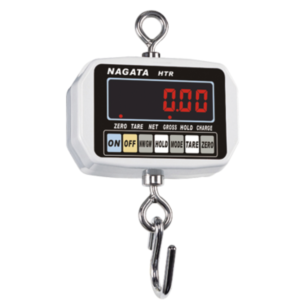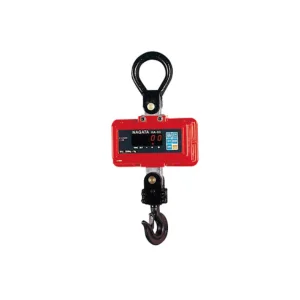Crane scale are unique weighing tools designed to work alongside cranes, accurately measuring heavy loads during lifting operations. Their purpose is to ensure safety and compliance with weight regulations.
FAQ
1 How do crane scales operate, and what are their key components?
They typically consist of a load cell, a digital display unit, and a hook or shackle for attachment to the crane's lifting mechanism. They operate by accurately measuring the tension or force applied to the hook while lifting a load, providing real-time weight readings.
2 What benefits can crane scales offer when it comes to lifting operations?
Crane scales offer several advantages, including increased safety by ensuring that loads do not exceed weight limits, improved efficiency by providing immediate weight measurements during lifting, and enhanced accuracy compared to estimating load weights manually.
3 What weight capacities are available for crane scales, and how accurate are their measurements?
Depending on the model, crane scales can support weights ranging from several hundred kilogrammes to several tonnes. Measurement accuracy is influenced by a number of variables, including load circumstances, calibration, and scale design.
4 Can crane scales from Arab Scale be used in different lifting environments and applications?
Yes, crane scales offered by Arab Scale, including the Nagata Crane brand, are versatile and suitable for various lifting environments and applications, including construction sites, warehouses, shipping ports, and manufacturing facilities. They are designed to withstand rugged conditions and provide reliable performance in demanding work environments.



